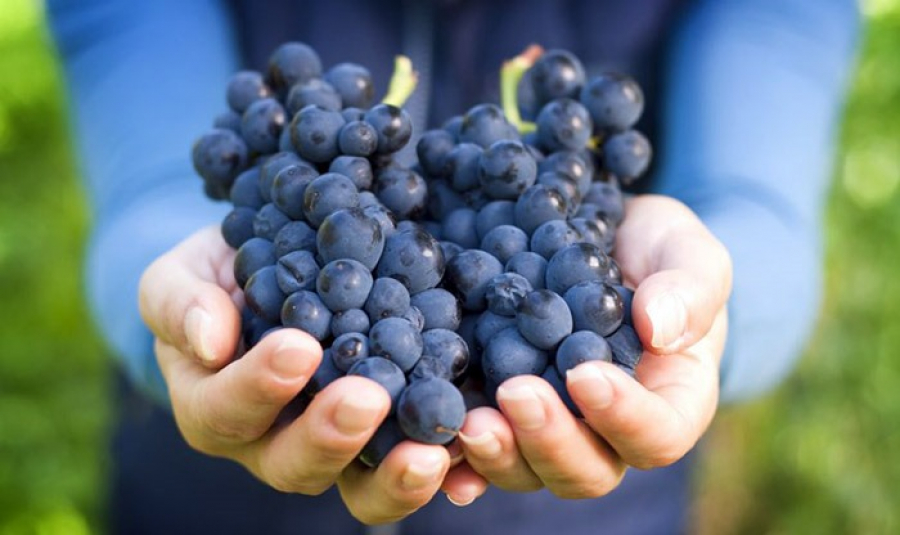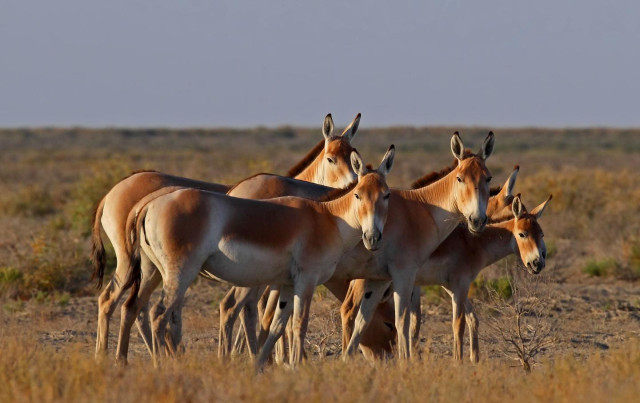
Poplars without fluff or rescue for allergy sufferers - a unique technology of microclonal propagation of plants listed in the red data book of Kazakhstan is used by scientists from the National Center for Biotechnology in Nur-Sultan. For several years now, the biologists of a special laboratory have been successfully breeding willow tree varieties that do not fluff at bloom. In addition, despite the artificial breeding method, poplars retain all the useful properties of the traditional species and also purify the air from harmful emissions, scientists say. Such young seedlings are now actively making the capital much greener. The red-book trees already adorn the squares and promenades of the country’s main city, such as the botanical garden and the triathlon park.
“So, we got hybrid types of poplar. Among them was a silver poplar, which was obtained by crossing the white poplar with Bolle’s poplar. The trees with male flowers do not give fluff, thereby not causing allergic reactions in people. We also got the Ile barberry or Thunberg’s barberry. It is listed in the Red Data Book of Kazakhstan. We also have Niedzwetzky's apple, Sievers apple tree and black alder. So far we have developed technology for a total of 10 types of plants,” said Almagul Kakimzhanova, a laboratory manager, the National Center for Biotechnology.
Before transplanting small seedlings into the soil, the plants are placed in sterile test tubes with special nutrient media. They are enriched with vitamins, hormones, micro and macro elements, and therefore such plants have several advantages.
“The main advantage is that we take and propagate the mother plants which grow in North Kazakhstan and the Central Kazakhstan. They are growing there, and have already been adapted to those climate conditions. The plants, which don’t grow here, are usually brought from Europe. They do not always take root and start growing here. In our case we take exactly the material growing in these places, propagate it in large amounts, and the benefit is that we make our own product,” added Almagul Kakimzhanova.
“It is necessary to choose optimal conditions for plants’ active photosynthesis, their growth. For instance, at a very high temperature, respectively, plants do not grow properly and die. However, at a freezing temperature, plants grow slowly. So, 24-26 degrees is the optimal temperature, besides the light is really important, as they grow in laboratory conditions, and there is no natural light. These lamps provide sufficient spectrum for their growth,” said Aidana Nurtaza, a researcher, the National Center for Biotechnology.
It takes about a year and a half, if not two, to transform a micro-shoot into a high-quality planting material. That is why the center’s biologists call them their offspring. After all, not only energy, but also a soul is put into each plant. Over the past three years, Kazakh biologists have planted about 6,500 such plants, which grow independently.
Translation by Assem Zhanmukhanova
Editing by Saule Mukhamejanova









